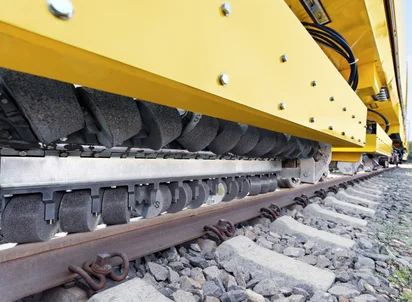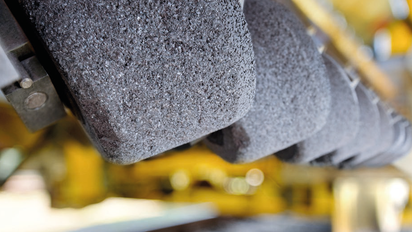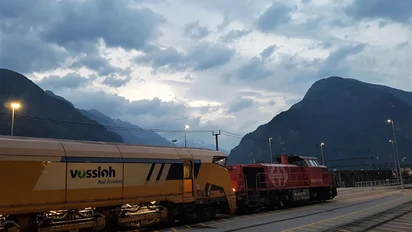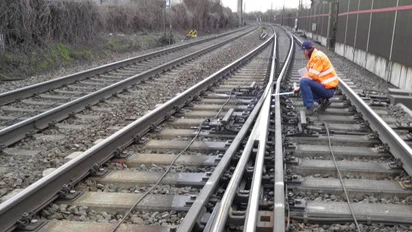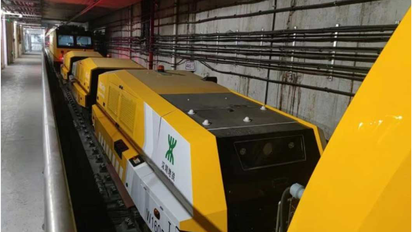Rail fault prevention during scheduled service
The contact forces from the rolling wheel cause a thin martensitic layer to form on the running surface. This layer, hardened by cold deformation, is approx. 0,1 mm thick and provides fertile ground for rolling contact fatigue damage. Due to high speeds and heavy axle loads, the initially micro-fine surface cracks grow exponentially into head checks and squats, especially on high-speed tracks. The now severe rail defects are spreading into the intact base material and can only be removed through substantial material removal, such as milling.
